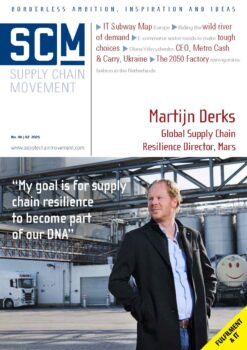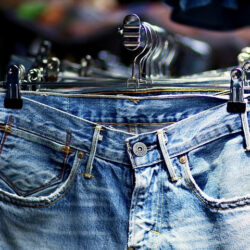Naz Kawan reinvigorates garment production in the Netherlands

The fashion industry is responsible for about 10% of global CO2 emissions, making it a bigger polluter than aviation and the maritime sector combined. In addition, the industry accounts for 20% of global wastewater pollution, plus there are widespread concerns about working conditions in the factories. Whereas the major fashion brands rarely get beyond a little greenwashing here and there, some small brands are really trying to make a difference. We spoke to Naz Kawan, founder of 2050 Factory and the associated fashion brand 2050.
On average, Dutch consumers buy 46 items of clothing a year, and that figure has risen sharply since the emergence of fast fashion in the 1990s. Before then, brands had a summer collection and a winter collection, plus a few between-season items. When retail chains like H&M and Zara broke with that tradition and started launching a new collection every six weeks, fast fashion was born. The quality of the clothes became less important; what mattered was that people would buy as many clothes as possible. Fast fashion has now been replaced by ultrafast fashion, with collections changing every week, so quality plays even less of a role than before. T-shirts sometimes fall apart after just two washes, and jeans are no longer expected to be indestructible.
The garment industry has a significant negative social impact too. Since the collapse of the Rana Plaza building in Bangladesh, everyone knows what kind of conditions people in clothing production are working under. Admittedly, that disaster led to a groundbreaking factory safety agreement signed by almost all major brands. The buildings have been made safer and child labour is monitored more closely. However, the agreement does nothing to address the violence, intimidation and discrimination faced by workers – 85% of whom are women – nor the chronically low pay. Even when working 12-hour days, employees do not earn a living wage. And that won’t change until the Western perception of the price of clothing changes. … … …
Want to read more?
 Get your digital subscription of Supply Chain Movement Q2, 2023 now! >>
Get your digital subscription of Supply Chain Movement Q2, 2023 now! >>










